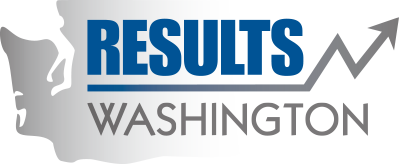Archived: Core saltwater swimming beaches meeting water quality standards
The BEACH Program monitors for an indicator bacteria called “enterococci.” The presence of this bacteria at elevated levels means there is a potential for disease-causing bacteria and viruses to also be present. BEACH monitors high-risk swimming beaches for bacteria. Beaches are considered high-risk when they have a lot of recreational users and are located near potential bacteria sources. Monitoring can indicate pollution from sewage treatment plant problems, boating waste, malfunctioning septic systems, animal waste, or other sources of fecal pollution.
The BEACH Program continuously strives to identify bacteria problems at swimming beaches and work with local jurisdictions to ensure those problems are fixed. Shoreline surveys are conducted each year and are used by the BEACH Program to identify potential sources of bacteria pollution. This information helps with future planning and decision-making.
- Working with local partners to improve water quality at swimming beaches by identifying and remediating bacteria inputs
- Providing education on non-point source pollution during several outreach events each year
- Notifying the public of bacteria related issues in Puget Sound and the Washington Coast
- Developing new BEACH signs to include more non-English languages and a more understandable message
You can reduce bacteria pollution by:
- Cleaning up after your pet;
- Inspecting your septic system annually and having it pumped on schedule;
- Avoiding public swimming beaches when you are sick; and
- Refraining from feeding gulls and other wild animals at the beach.
